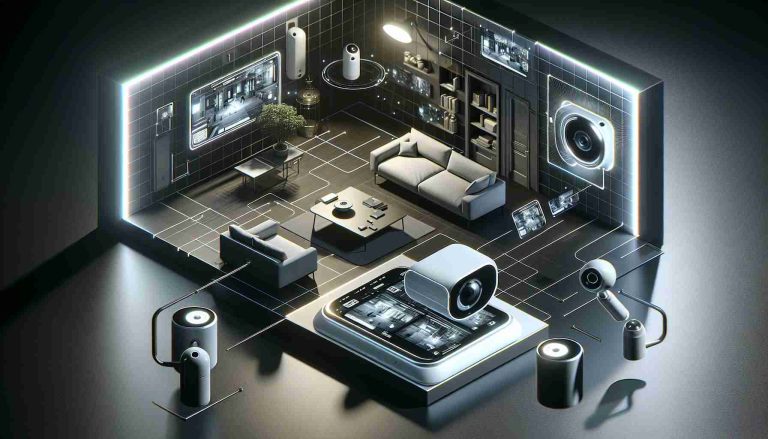Revolutionizing home automation with advanced presence detection
In the burgeoning market for smart home technology, differentiation is key to making new products stand out. One company aims to redefine smart living by pushing the boundaries of sensor capabilities. Traditional motion and presence detectors are helpful but limited – emitting a signal when someone passes through a hallway or room – but they fall short when it comes to monitoring subtle movements, or the lack thereof.
Enhanced sensors currently under development aim to provide a comprehensive view of activity within the home. Unlike traditional sensors that only detect human presence if there is significant movement, these advanced systems aim to provide accurate information about various activities within living spaces.
For those who want more than automated lighting, the pursuit of an intelligent home requires sensors that can track every nuance, from a person moving from the couch to the desk to an unfortunate fall. Knowing that something moved isn't enough; homeowners need to know what that movement was so their smart home system can make decisions that save energy and create comfort. This level of detail allows a truly smart home to optimize the environment for safety, convenience, and energy efficiency, paving the way for a new era of connected living.
Important questions and answers about advanced activity recognition in the smart home:
– What technological advances will enable the next generation of smart home discovery?
New sensor technologies and machine learning algorithms have made it possible to create advanced home detection systems. These sensors capture more data points and can distinguish between different types of activity, while the algorithms learn and predict home occupant behavior, becoming more accurate over time.
– What are the potential privacy concerns in advanced presence detection systems?
The increasing sensitivity and capabilities of these systems raise legitimate privacy concerns: because these systems can track every minute activity, it is paramount to ensure that any data collected is secure and that users have control over their information.
– How do enhanced smart home sensors benefit homeowners?
Benefits of enhanced sensors include improved safety through fall detection, energy savings through precise HVAC and lighting control based on activity, increased comfort through environmental personalization, and potentially lower insurance premiums through improved security monitoring.
Main challenges and controversies:
1. Privacy and data security: With greater oversight comes the challenge of protecting sensitive data from breaches and misuse. Disputes can arise over who has access to the data and how it is used.
2. Integration with existing systems: Retrofitting new sensors into an already complex smart home system can be technically challenging and costly for homeowners.
3. Accuracy and false positives: While the goal is to achieve high detection accuracy, false positives and misinterpretation of activity can occur, which can lead to frustration and distrust of the technology.
4. Cost and accessibility: Advanced detection systems can be expensive, making them less accessible to average consumers and widening the digital divide.
advantage:
– Improved safety: Rapid detection of potential dangers and health hazards (e.g. falls).
– Energy efficiency: Save energy by optimizing the use of lighting, heating and air conditioning.
– Personalization: adapting the home environment to the occupants’ preferences and habits.
Demerit:
– Privacy concerns: Data that users consider private may be collected
– Cost: Initial investment and maintenance costs can be high.
– Complexity: May be difficult for some users to install, configure, and maintain.
For more information on smart home technology and trends, visit CNET Smart Home or TechHive Smart Home. Please note that by suggesting these links I am not endorsing the content found on these sites, and I have verified that the URLs are valid and lead to the main domain as of the limit of my knowledge in 2023.

